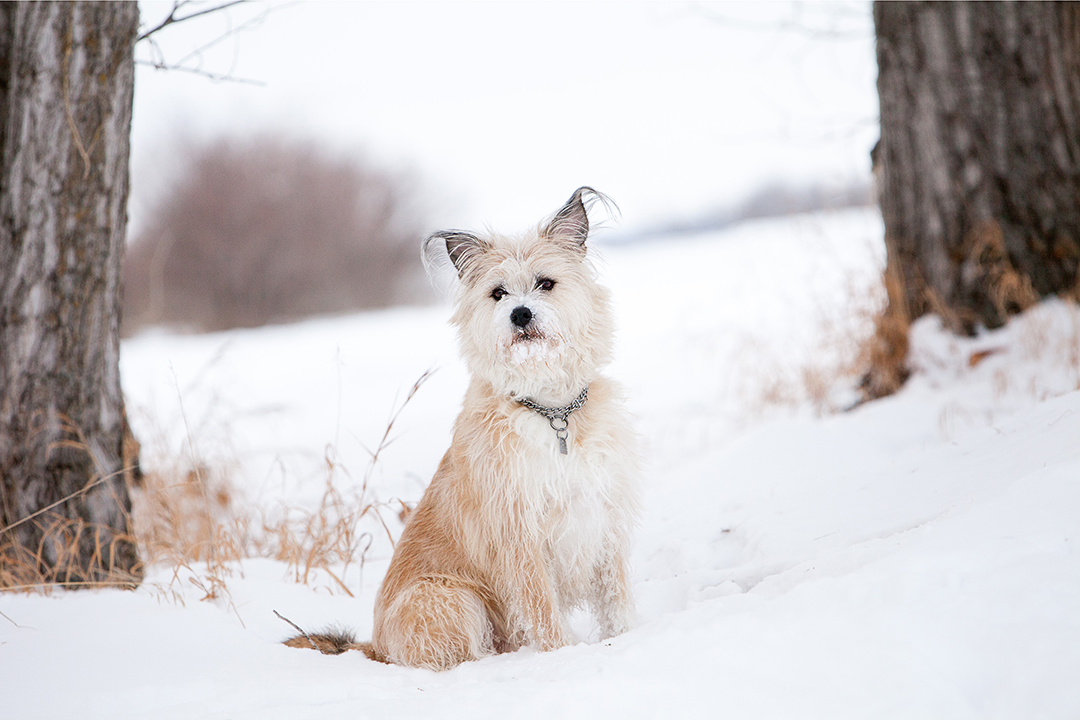
January 2022
Frigid temperatures bring special considerations for pet owners — particularly if animals spend a large amount of time outdoors.
Temperature dips increase pets' needs
Frigid temperatures bring special considerations for pet owners — particularly if animals spend a large amount of time outdoors. This means increasing food intake by 20 to 30 per cent, ensuring pets always have access to fresh water (not just snow and ice), and providing adequate shelter.
All cats as well as any young, old or infirm pets should be housed indoors. At minimum, outdoor dogs need an insulated dog house, but specific requirements vary. Frostbite and hypothermia can both occur when pets become cold.
It’s also important to make sure antifreeze and deicing products are kept away from pets, as they are toxic to cats and dogs.
Click here for more tips from the American Veterinary Medical Association.

